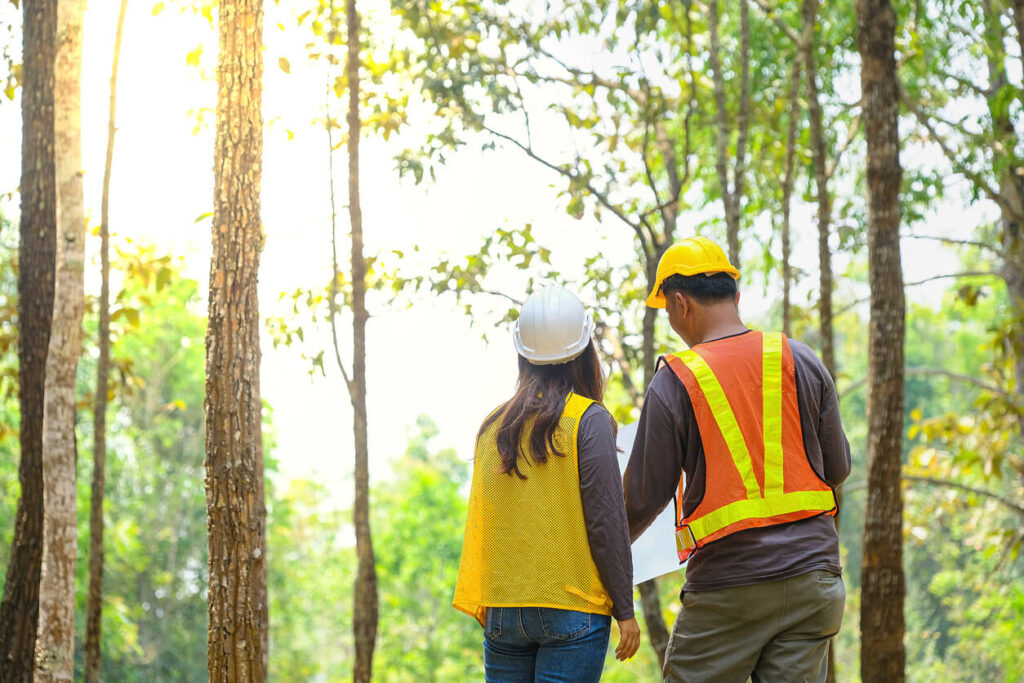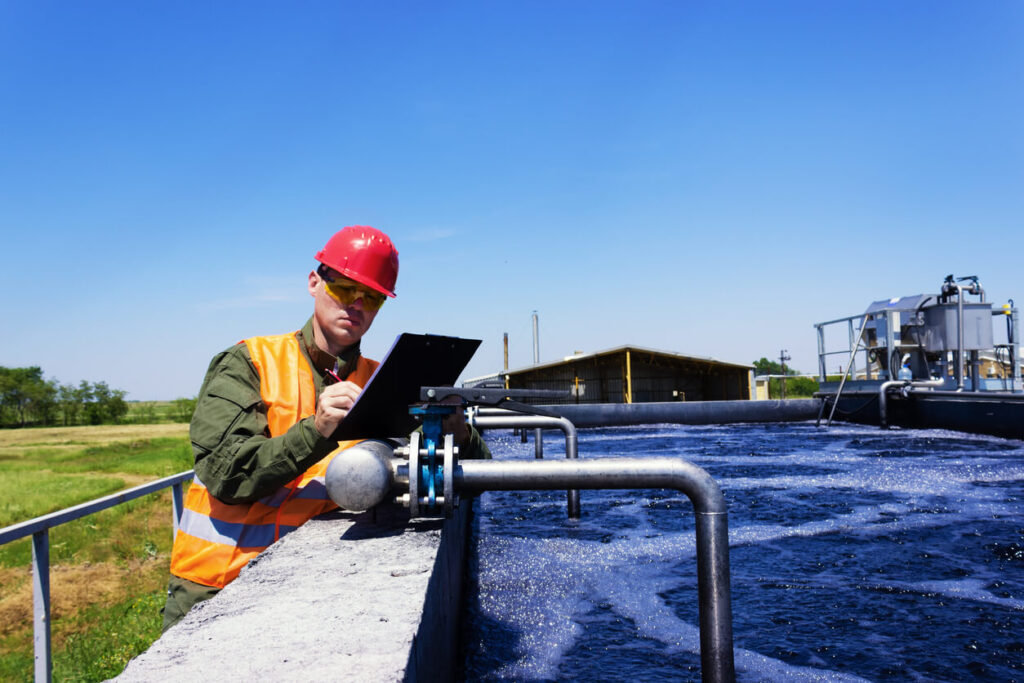Firms that follow these guidelines are six times safer than the industry average, according to the latest report from Associated Builders and Contractors.
Contractors that engage in five safety practices are six times safer than the industry average, according to a report from Associated Builders and Contractors issued to coincide with Construction Safety Week May 3-7.
According to Greg Sizemore, ABC’s vice president of health, safety, environment and workforce development, the safest construction companies typically have:
- A robust substance abuse policy with provisions for drug and alcohol testing where permitted.[[{“fid”:”22583″,”view_mode”:”default”,”fields”:{“format”:”default”,”field_file_image_alt_text[und][0][value]”:false,”field_file_image_title_text[und][0][value]”:false},”link_text”:null,”type”:”media”,”field_deltas”:{“1”:{“format”:”default”,”field_file_image_alt_text[und][0][value]”:false,”field_file_image_title_text[und][0][value]”:false}},”attributes”:{“style”:”float: right; margin-top: 5px; margin-bottom: 5px;”,”class”:”media-element file-default”,”data-delta”:”1″}}]]
- Intensive onboarding and new hire orientation programs that clearly outline policies and expectations.
- Frequent and regular toolbox talks, at the beginning of every shift and in some cases even when crews return from a lunch break to bring everybody on the job back to focal point to perform their work safely.
- Leadership that practices safety from the top down, so that executives and supervisors on site follow the same safety initiatives and protocols as the front-line workers doing the day-to-day work.
- Protocols to measure and use safety data from the job to consistently raise the bar and a focus on safety on the jobsite.
ABC’s 2021 Safety Performance Report found that on average, the recordable incident rate for all companies tracked by the Bureau of Labor Statistics dropped from 3.0 per 1,000 hours worked in 2019 to 2.7 in 2020. But among ABC’s best-performing members that institute these five specific workforce programs, the rate was just 0.41 in 2020, and statistically flat compared to 2019’s rate of 0.37.
Sizemore noted that while BLS recordable incident rates are lagging indicators — i.e., they measure what has already happened — the five characteristics of the safest construction companies are leading indicators. In other words, companies that take these practices to heart are statistically more likely to have fewer incidents in the future.
“If you just focus on these five things initially, you will start to improve your safety performance throughout your organization,” Sizemore said.
As for the slight uptick in recordable incidents among the safest contractors, Sizemore said that didn’t actually reflect an increase in the number of counted incidents. Instead, since the number of hours worked for many contractors was impacted by COVID-19 pandemic scheduling, it was more likely a reflection of the same amount of incidents spread over fewer hours.
“When we counted the number of incidences or accidents, we saw no variation in the quantity,” Sizemore said. “It all had to do with the number of hours worked for a company.”
The pandemic also honed the industry’s ability to stop work, evaluate the measures it needed to take to work safely and then resume jobs while keeping workers out of harm’s way from physical, viral or mental hazards.
“Out of adversity comes opportunity,” Sizemore said. “The pandemic has revealed to us the world of hygiene and what that really looks like on a construction project.”
It has also led ABC and its contractor members to focus on workers’ mental health and total well-being, an initiative that’s reflected in leading companies providing wellness programs for employees, and an aspect that has been highlighted by the additional stressors facing workers during the pandemic.
“We have adopted a total human health approach, which is the next frontier in worker safety in our industry,” Sizemore said. “That’s looking at the craft professional wearing the hard hat, the safety glasses, high visibility vest and steel toed boots, and asking if that individual is ready to do the work you’re assigning them for that day. You need to look at the heart and mind, in addition to the physical.”





